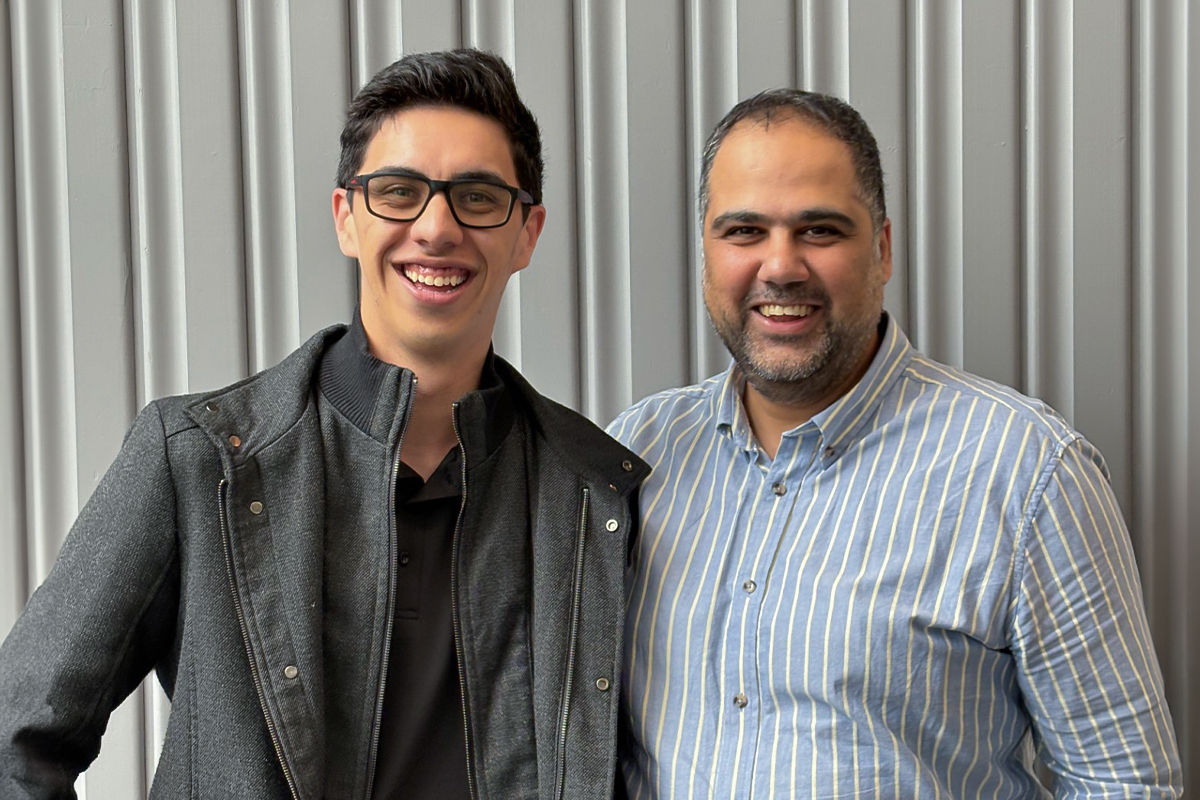Taine is no stranger to HERA, being one of the recipients of our 2023 Whanake scholarship, which we are partnering with Pūhoro to deliver.
So, we are glad he could join our team as a summer intern, supervised by Dr Amir ShahMohammadi, our Senior Structural Sustainability Engineer.
Taine will be working on a project titled “Development of criteria for stiff and flexible purlins in quantifying Rotation Restraint factor”. This project is directly in line with HERA strategy in the context of the development and maintenance of national standards under the delivering solutions category of our strategy.
Taine saying: “I feel privileged to be working on this project. While learning more I am also helping to contribute to more efficient resource usage in steel construction for Aotearoa”
The importance of this project
This research is linked to the pressing need to address climate change and transition to a low-carbon future. This project assists this imperative by identifying and addressing conservative aspects within design standards. In the design of members subjected to bending, it’s crucial to ensure the lateral and torsional stability of cross-sections under such stress.
The rotation restraint factor, denoted as kt, plays a substantial role in determining the effective length of the member. However, the determination process of the kt factor, as outlined in NZS3404:1997, partly adopts a qualitative/binary approach. This approach can introduce ambiguities and lead to varied interpretations in practical design scenarios. Consequently, it might result in a more conservative design of the member when bending, especially in portal frame buildings with long-span purlins and deep rafters.
Through this focused research, we aim to refine the determination of the kt factor to better reflect realistic conditions, thereby optimising design leading to more efficient use of resources. This is particularly relevant to portal frame designs, which hold a significant market share for low-rise commercial construction.
If you are interested to read more about Taine, click here to view his Whanake student profile.


